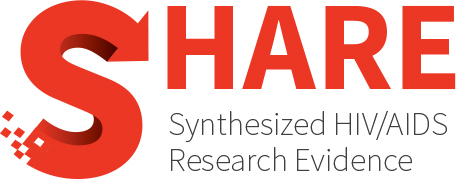Antiretroviral therapy for children in resource-limited settings: Current regimens and the role of newer agents
Abstract
WHO antiretroviral treatment guidelines for HIV-infected children have influenced the design of treatment programmes in resource-limited settings. This review analyses the latest WHO first- and second-line regimen recommendations. The recommendation to use lopinavirritonavir-containing first-line regimens in young children with prior non-nucleoside reverse transcriptase inhibitor (NNRTI) exposure is based on good quality evidence. Recent research suggests that lopinavirritonavir-containing first-line regimens should be extended to all young children, irrespective of prior NNRTI exposure. Strategies for overcoming the adverse metabolic effects of rifampicin-containing anti-tuberculosis therapy on antiretroviral therapy regimens have been under-researched in HIV-infected children, creating uncertainty about global recommendations. Preferred second-line recommendations are largely predictable. The exception is that NNRTI-containing second-line regimens are recommended for children previously exposed to NNRTIs and who subsequently did not respond to lopinavirritonavir-containing first-line therapy. In these patients, second-line regimens containing newer protease inhibitors (PIs) such as darunavir and tipranavir, or integrase inhibitors such as raltegravir, should be evaluated. Newer antiretroviral agents including second-generation NNRTIs and PIs, C-C chemokine receptor type 5 inhibitors, and integrase inhibitors may assist in further refinement of existing regimen options.
Authors
Eley BS, Meyers T
Year
2011
Topics
- Population(s)
- Children or Youth (less than 18 years old)
- Engagement and Care Cascade
- Treatment
- Co-infections
- Hepatitis B, C
- Tuberculosis
